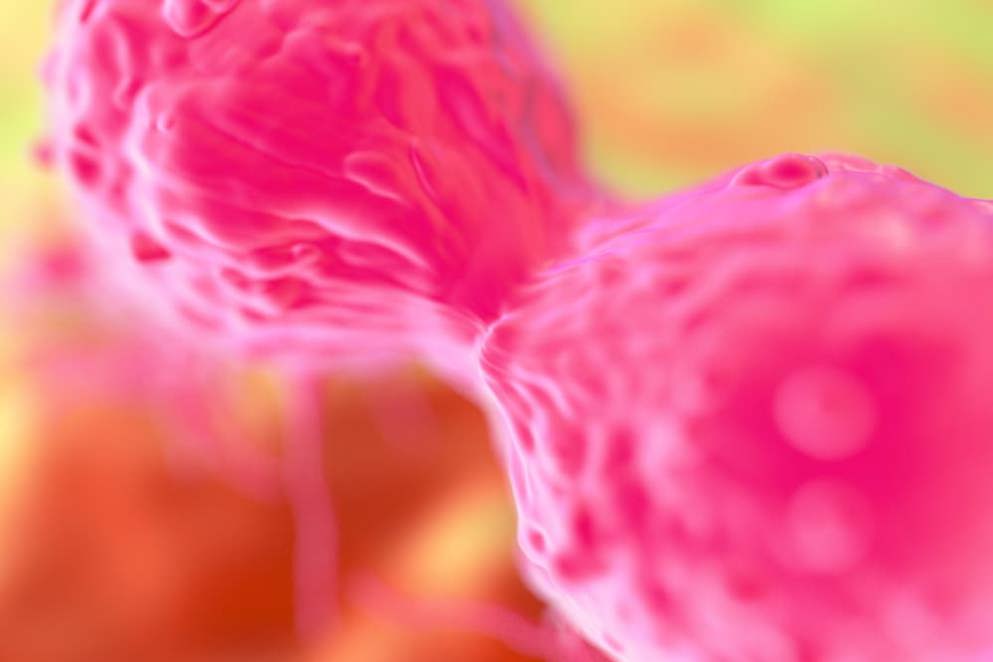
Breast Cancer
of interest
are looking at
saved
next event
Breast cancer is the second most common cancer worldwide. Symptoms include a breast lump, skin changes, nipple changes (including inversion or discharge), pain and axillary masses.
Abemaciclib: a newcomer in the treatment of HR+/HER2− early breast cancer
Abemaciclib, a CDK4/6 inhibitor, is the first adjuvant in 16 years to be added to endocrine therapy for HR+/HER2− early breast cancer and the first of its class to receive FDA and EMA approval for this indication.
Traditionally, breast cancer subtypes are based on the type of cell affected, and the level of spread. Ductal carcinoma is non-invasive and is derived from the milk duct, whereas invasive ductal carcinoma (IDC) has spread to nearby tissue. Invasive lobular carcinoma (ILC) is derived from the lobules that produce milk and has invaded nearby breast tissue. The most lethal form of breast cancer is metastatic breast cancer (mBC) that has spread to other parts of the body including the lungs, liver and brain.
Oestrogen plays a major role in breast cancer pathogenesis and the oestrogen pathway has become a major therapeutic target. Subsequently, breast cancers are now more often described by their molecular subtype, which is based primarily on the combination of receptors that they express. These receptors include the estrogen receptor (ER), the progesterone receptor (PR), and the human epidermal growth factor receptor 2 (HER2). For instance, HER2 positive breast cancers can be treated with trastuzumab, a hormone therapy which binds to the HER2 receptor to slow growth. Triple negative breast cancers lack all three receptors and are poor candidates for hormone therapy.
Breast cancer treatment may involve classical treatment strategies such as surgery, radiotherapy and chemotherapy, or more targeted treatments including immunotherapy, hormonal suppression and more recently, targeting medicines such as CDK4/6 inhibitors and PARP inhibitors (for patients with BRCA1 or BRCA2 DNA repair gene mutations).
Visit our Learning Zone on metastatic breast cancer which highlights the burden of disease, pathophysiology and treatment using CDK4/6 inhibitors.


